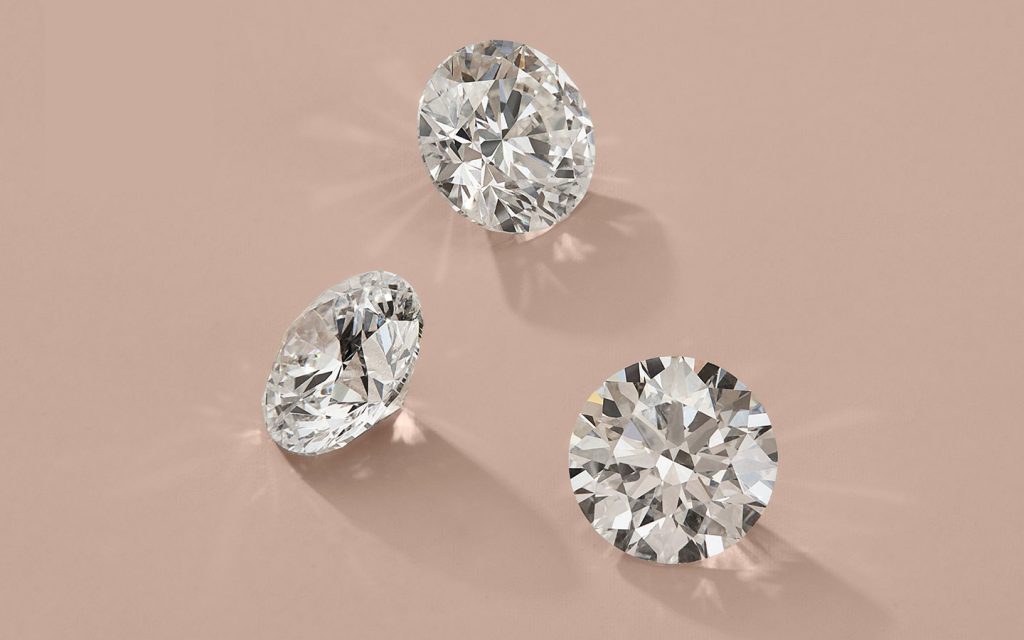Lab created diamonds are becoming increasingly popular as consumers look for more sustainable and ethical alternatives to natural diamonds. When purchasing lab grown diamonds, one of the most important decisions you’ll face is choosing a grading report from either IGI or GIA. The debate of IGI vs GIA lab grown has grown as both labs are reputable but offer slightly different approaches in grading. Understanding these differences can help buyers make more informed decisions when selecting their perfect lab created diamonds.
What Are Lab Created Diamonds?
Lab created diamonds are chemically, physically, and optically identical to mined diamonds. They are produced in highly controlled environments using advanced technology that replicates the natural diamond formation process. The increasing interest in lab created diamonds has made certifications from grading labs like IGI and GIA essential. Many buyers often compare IGI vs GIA lab grown reports to evaluate the quality and value of their diamond purchase.
The Role of Diamond Certification Labs
Diamond grading labs provide an objective analysis of a diamond’s characteristics, including cut, color, clarity, and carat weight. When it comes to lab created diamonds, certification is crucial for transparency and trust. Both GIA (Gemological Institute of America) and IGI (International Gemological Institute) offer grading reports for lab grown diamonds, but the debate around IGI vs GIA lab grown grading lies in the details of their methodologies and consistency.
IGI Certification for Lab Created Diamonds
IGI has been one of the leading labs in certifying lab created diamonds, especially as the demand for these diamonds has increased. Many jewelers prefer IGI because it offers faster turnaround times and is more widely used in the lab created diamonds market. However, the topic of IGI vs GIA lab grown arises because some critics believe IGI may be slightly more lenient in grading, particularly with color and clarity grades, which can impact a diamond’s market value.
GIA Certification for Lab Created Diamonds
GIA, known for its stringent grading standards, has been slower to adapt to lab created diamonds, but has gained credibility over time. The IGI vs GIA lab grown conversation often centers on GIA’s more conservative grading. GIA uses the same grading scales for lab created diamonds as it does for natural diamonds, which gives buyers a familiar and trusted framework for comparison. However, GIA reports tend to be more detailed and may include more technical terminology, which can be overwhelming for new buyers.
Comparing IGI vs GIA Lab Grown Grading Styles
When analyzing IGI vs GIA lab grown reports, one key difference is how the grading is presented. IGI often provides a simpler, more user-friendly layout, which many customers appreciate. In contrast, GIA reports are more comprehensive and technical, which can offer more insights into the lab created diamonds but may require more interpretation. This difference makes IGI more popular for retailers and online platforms that want to streamline the buying process.
Price Implications of IGI vs GIA Lab Grown Diamonds
The choice between IGI vs GIA lab grown certifications can affect the price of lab created diamonds. Diamonds certified by GIA may command slightly higher prices due to the lab’s reputation for strict grading. Conversely, diamonds with IGI reports might appear better on paper due to lenient grading, but may not hold the same resale value. Understanding how lab created diamonds are graded by each lab helps buyers avoid overpaying for a stone that may not meet their expectations.
Consumer Trust and Market Perception
Both IGI and GIA are respected institutions, but in the IGI vs GIA lab grown debate, GIA is generally viewed as the gold standard due to its long history and consistency. That said, IGI has become a dominant force in the lab created diamonds market, particularly because of its accessibility and wide usage. Buyers should consider their priorities—whether it’s grading consistency, report clarity, or market reputation—when choosing between IGI vs GIA lab grown certifications.
Which Should You Choose: IGI or GIA?
The decision between IGI vs GIA lab grown depends on your personal preferences, budget, and understanding of diamond grading. If you’re looking for an easier-to-read report and faster availability, IGI may be the right choice. However, if you value conservative grading and long-term trust, GIA-certified lab created diamonds may offer better assurance. Ultimately, knowing the strengths and limitations of both IGI and GIA empowers buyers to make the right investment in lab created diamonds.
Conclusion
In the world of lab created diamonds, choosing between IGI vs GIA lab grown grading reports can be a key factor in your buying experience. While both labs provide valid and professional assessments, they differ in grading strictness, report clarity, and market influence. Educated buyers who understand the nuances of IGI vs GIA lab grown certifications are more likely to make a confident, satisfying purchase that aligns with their values and expectations. Whether you lean towards the accessibility of IGI or the prestige of GIA, both options can help you enjoy the brilliance and beauty of lab created diamonds with full peace of mind.
